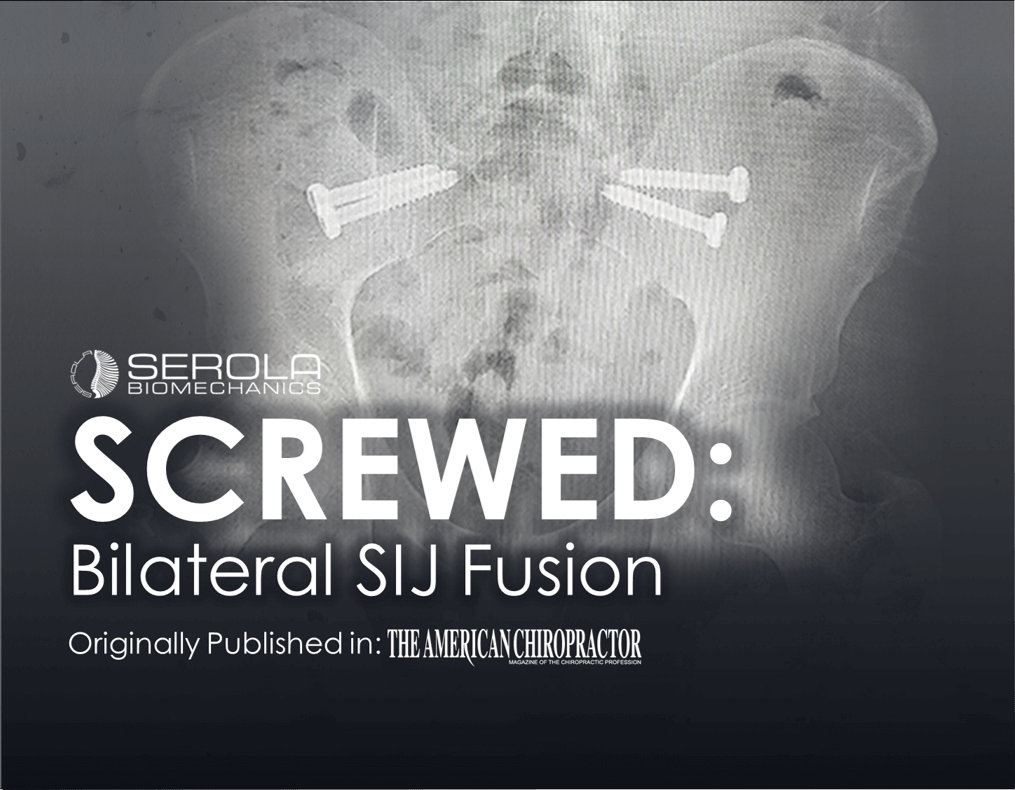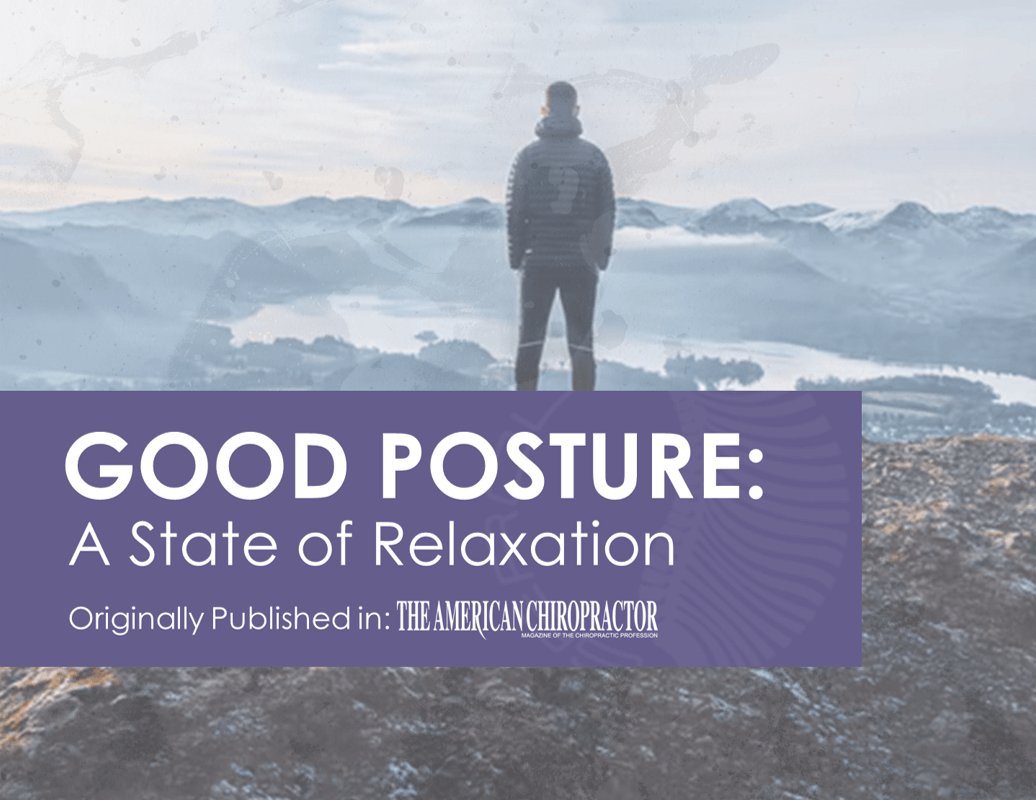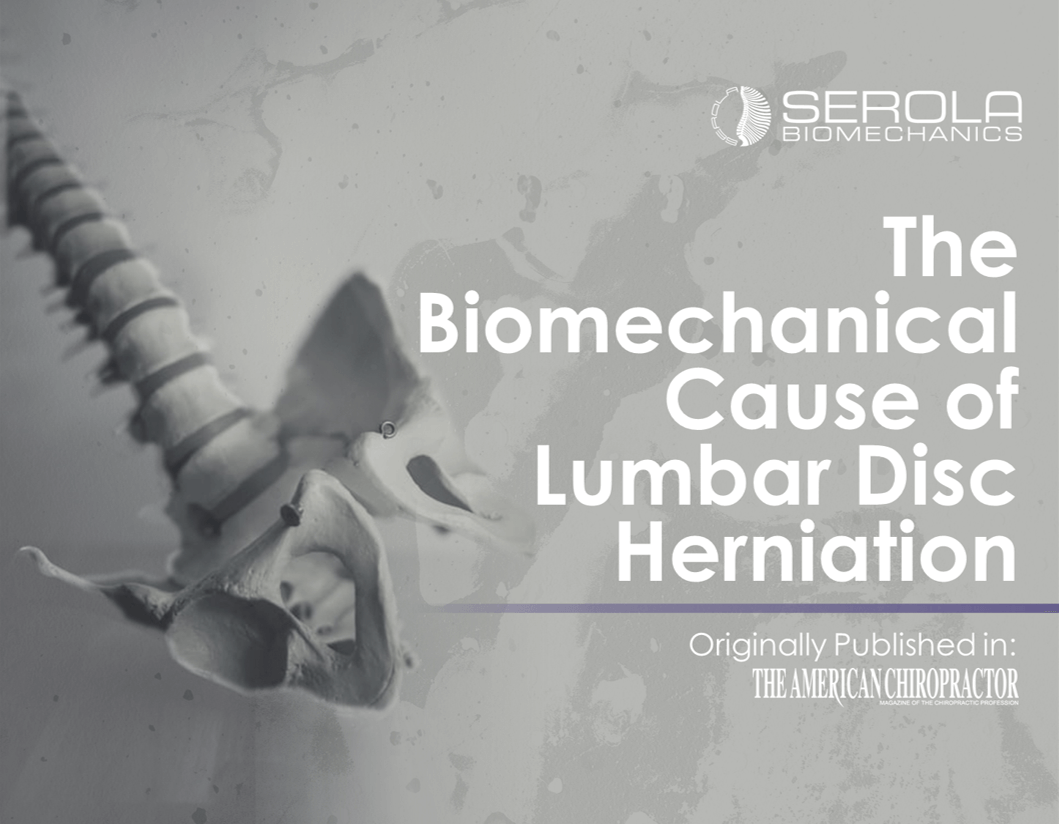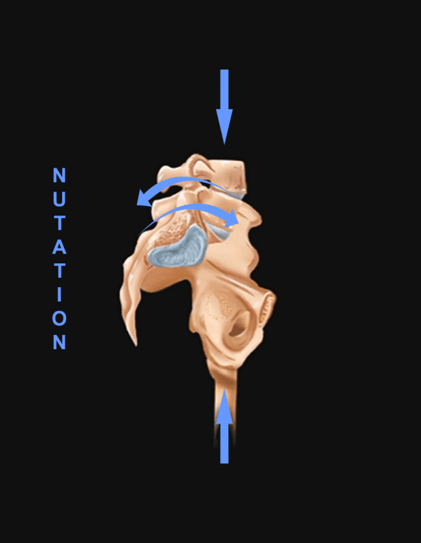
Hilton’s Law[1] forms the basis of the relationship between the structural elements of our musculoskeletal system; it states that the nerve supplying a joint also supplies both the muscles that move the joint and the skin covering the articular insertion of those muscles. The innervated parts of joints consist mainly of three ligamentous structures; the ligaments that hold the joints together, the capsule that encases the joint, and the synovium …



